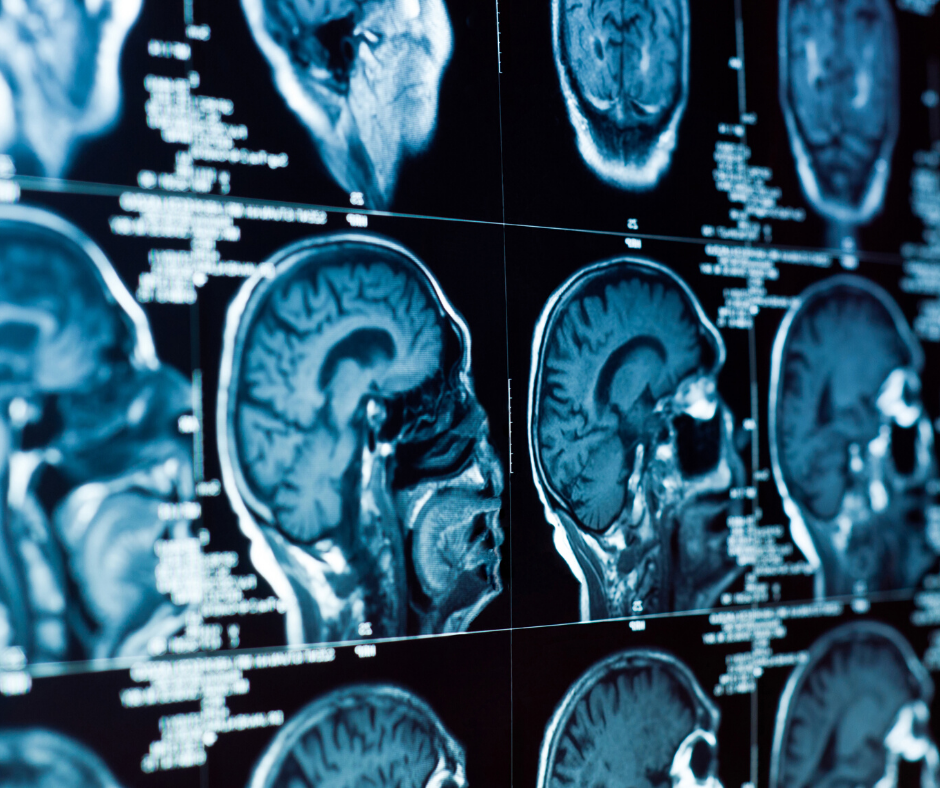What’s This Research About?
The scientific field of exercise science has extensively examined the effect of aerobic exercise on cognition and decision making, but far fewer studies have been conducted looking at the effects of yoga on the brain. This is the first study to investigate the anatomical and functional brain differences between yoga practitioners and a control group based on a working memory test.
Previous research suggests that regularly practicing yoga improves memory. Thus, the scientists hypothesized that the brain region involved in memory, the hippocampus, would be larger in yoga practitioners than the control group.

TITLE: Differences in Brain Structure and Function Among Yoga Practitioners and Controls
PUBLICATION: Frontiers in Integrative Neuroscience
DATE: June 2018
AUTHORS : Gothe NP, Hayes JM, Temali C and Damoiseaux J
Anatomical MRI: This imaging technique is used to measure the shape and volume of different brain regions.
Functional MRI: This is a method that allows researchers to measure brain activity associated with changes in blood flow to different brain regions during a task. It is thought that blood flow to a region is increased when that region of the brain is in use.
Hippocampus: A pair of small, seahorse shaped regions located deep within the brain. The hippocampus plays a role in the formation of memories as well as learning and emotions.
Prefrontal cortex: A region of the brain involved in decision making, complex behavior and encoding memories.

